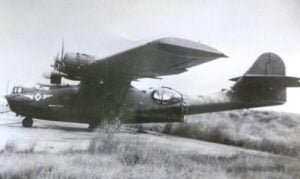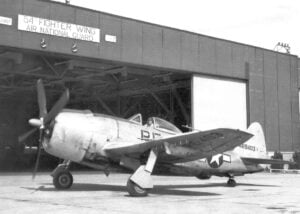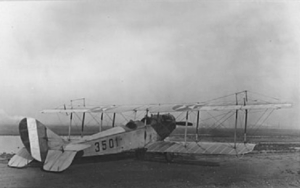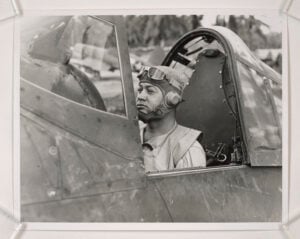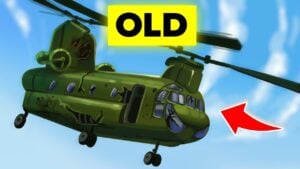Watch Raw WWII Footage of D-Day Aftermath Featuring Fierce Aerial Combat and Daring Evacuations
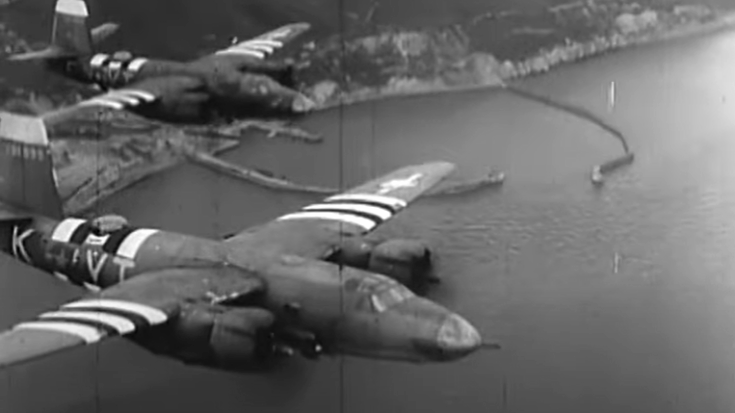
Samuel de Korte / YouTube
Airlift from the Beaches
In the days following D-Day, engineers worked tirelessly to construct a landing strip along the newly secured French coastline. Within only two days, the first transport planes began arriving to evacuate the wounded. A barrage balloon was quickly raised above the strip to protect against enemy air attacks. The first ambulance aircraft touched down, marking the start of a crucial lifeline between the front lines and hospitals in England.
Among the first to arrive were nurses from the Ninth Air Force, the first women of the invasion force to set foot on French soil. Each C-47 transport carried medical officers and supplies to aid the wounded, while also preparing to fly the injured back across the Channel. The planes evacuated not only Allied soldiers but also captured German troops and injured French civilians. Onboard, nurses administered blood plasma mid-flight as Spitfires escorted the planes home to safety. Every man, whether ally or enemy, was examined and cared for upon arrival in England before being taken by ambulance to field hospitals.
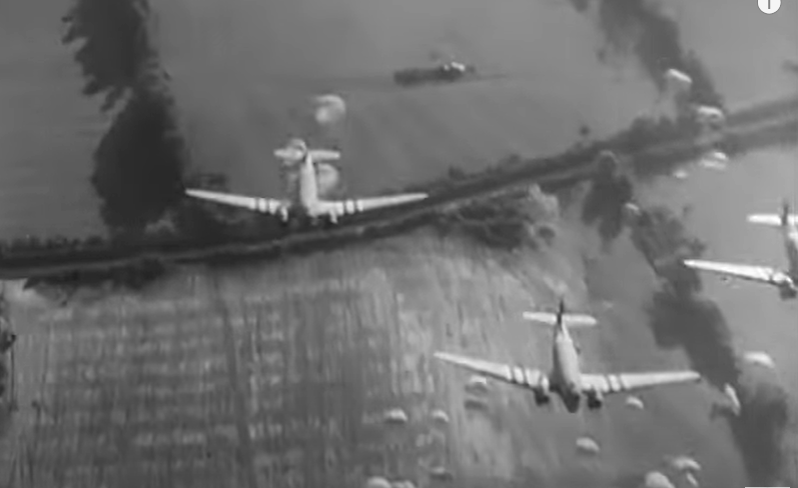
Scenes from Normandy
Along the beachhead, the grim reality of war was visible everywhere. Fallen soldiers awaited burial as medical officers searched for identification tags. Riflemen cautiously advanced inland, hunting for hidden snipers, while groups of captured Germans were marched toward temporary camps. Senior commanders, including General Arnold and General Spaatz, arrived to assess progress and morale among the troops.
At the same time, new field hospitals were set up in France, surrounded by abandoned equipment left by retreating forces. Poppies from Normandy fields were gathered and brought to England alongside the wounded—small symbols of life amid destruction.
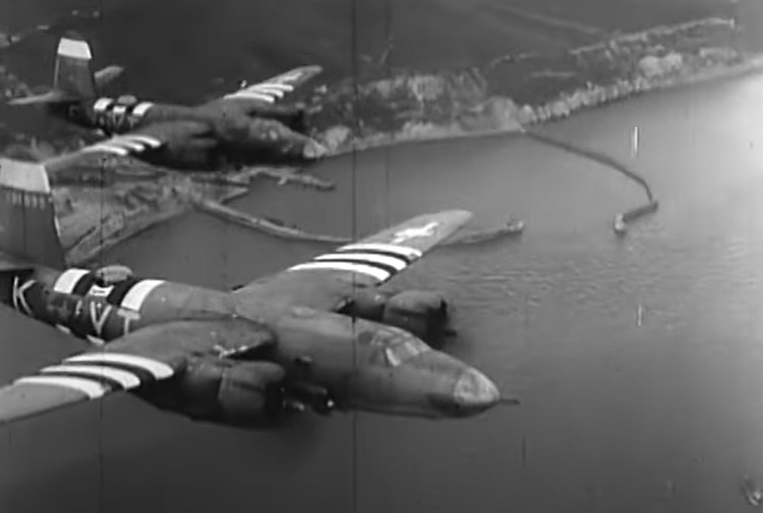
Air Battles and Bombing Raids
High above the invasion coast, the air war continued fiercely. Mustang fighters of the Ninth Air Force carried out constant sweeps over France, attacking German airfields, convoys, and railways. Their gun cameras recorded duels in the sky—fighters diving through bursts of flak, striking twin-engined enemy planes, and watching pilots bail out from flaming aircraft. These relentless attacks helped weaken the enemy’s presence above Normandy, allowing the beachhead to expand with fewer air threats.
Further inland, B-26 Marauder bombers flew in tight formations to hit strategic targets. They bombed supply depots, railroad bridges, and troop concentrations near Caen, one of the strongest German defenses. Flying at just 2,000 feet, their aircraft shook under the shock waves of their own explosions, but the low altitude improved accuracy. Nearby Allied troops were pulled back before bombing runs, minimizing losses.
As the Marauders flew home across the Bay of Caen, they passed another invasion fleet arriving to reinforce the front. The footage from these days captures more than combat—it shows how coordination between air, land, and medical forces helped turn a beachhead into a foothold that changed the course of the war.
Keep going for the video below:














